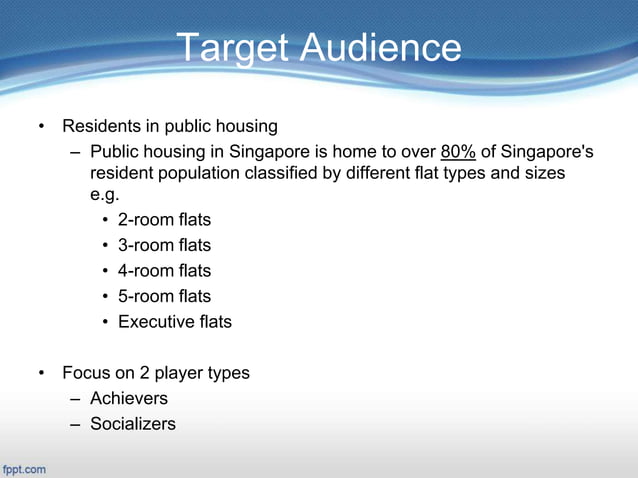
Level Up Your Savings: How to Gamify Your Emergency Fund
In the world of personal finance, an emergency fund is often hailed as the unsung hero. It’s the financial safety net that catches you when unexpected expenses – like medical bills, car repairs, or job loss – threaten to send your budget spiraling. However, the idea of diligently setting aside money for a "what if" scenario can feel tedious. This is where the magic of gamification comes in.
Gamification, the application of game-design elements and game principles in non-game contexts, has proven to be a powerful tool for behavior modification. By turning the process of saving into a fun, engaging challenge, you can make your emergency fund goals feel less like a chore and more like an exciting quest.
Why Gamify Your Emergency Fund?
Before diving into the "how," let’s explore the "why." Here’s why gamifying your emergency fund can be a game-changer:
-
Motivation Boost: Gamification taps into our intrinsic motivation, the drive to do something for the sheer joy of it. By introducing elements like points, badges, and leaderboards (if you’re sharing your journey with friends), you create a sense of accomplishment and progress that keeps you motivated.
-
Habit Formation: Saving money is a habit, and like any habit, it requires consistent effort. Gamification helps you build that consistency by making the process more enjoyable and rewarding.
-
Increased Engagement: Let’s face it: staring at your bank account balance can be dull. Gamification injects excitement and engagement into your savings journey, making you more likely to stay on track.
-
Financial Literacy: As you design your gamified system, you’ll inevitably learn more about your own finances, your spending habits, and the importance of financial planning.
The Gamification Toolkit: Elements to Consider
Ready to turn your emergency fund into a game? Here are some key elements to incorporate:
-
Clear Goals and Objectives:
- Define your Target: What is the ultimate amount you want to save in your emergency fund? A common recommendation is 3-6 months’ worth of living expenses.
- Break it Down: Divide your overall goal into smaller, manageable milestones. For example, saving $1,000, then $3,000, and so on.
- Make it SMART: Ensure your goals are Specific, Measurable, Achievable, Relevant, and Time-bound.
-
Points and Rewards:
- Assign Values: Assign points to specific actions, such as transferring money to your emergency fund, cutting expenses, or meeting a savings milestone.
- Tiered Rewards: Create a tiered reward system. For example:
- 100 points: Treat yourself to a small coffee.
- 500 points: Enjoy a movie night at home.
- 1,000 points: Indulge in a dinner at your favorite restaurant.
- Non-Monetary Rewards: Rewards don’t always have to cost money. Consider things like an evening off from chores, a relaxing bath, or a new book.
-
Challenges and Quests:
- Savings Challenges: Set up challenges like "No Spend Week" or "Save $50 Extra This Month."
- Expense-Cutting Quests: Turn expense reduction into a quest. For example, "Find 5 ways to save $20 each this month."
- The 52-Week Challenge: A classic! Start by saving $1 in the first week, $2 in the second, and so on, gradually increasing the amount each week.
-
Badges and Achievements:
- Visual Representation: Design badges or digital stickers to represent different achievements, like "Budgeting Master," "Expense Tracker Pro," or "Savings Superstar."
- Milestone Badges: Award badges for reaching specific savings milestones (e.g., $1,000 saved, 50% of your goal reached).
-
Progress Tracking:
- Visual Dashboard: Use a spreadsheet, app, or even a whiteboard to track your progress. Visualizing your success is incredibly motivating.
- Graphs and Charts: Create graphs to illustrate your savings growth over time.
- Celebrate Milestones: Acknowledge and celebrate each milestone you reach, no matter how small.
-
Social Interaction (Optional):
- Accountability Partner: Share your goals and progress with a friend or family member who will hold you accountable.
- Savings Group: Join or create a savings group with like-minded individuals to share tips, challenges, and encouragement.
- Leaderboards (Use with Caution): If you’re competitive, a leaderboard can be motivating. However, be mindful of not creating unnecessary stress or comparison.
Practical Examples and Tools
- Spreadsheet Gamification: Create a spreadsheet with columns for "Action," "Points," "Reward," and "Status." Track your savings and expenses, assign points, and mark off rewards as you earn them.
- Apps:
- Habitica: A habit-tracking app that turns your life into an RPG (role-playing game). You can create custom tasks related to saving and earn rewards for completing them.
- Savings Apps: Many savings apps, like Acorns or Qapital, have built-in gamified features like round-ups and challenges.
- Physical Tools: Use a jar or piggy bank to visually track your savings. Decorate it with goals and milestones.
Tips for Success
- Start Small: Don’t try to implement everything at once. Begin with a few simple elements and gradually add more as you get comfortable.
- Personalize It: Tailor the gamification system to your own preferences and personality. Choose rewards and challenges that genuinely appeal to you.
- Be Consistent: The key to success is consistency. Make saving a regular habit, even if it’s just a small amount each time.
- Don’t Be Afraid to Adjust: If something isn’t working, don’t be afraid to adjust your system. Experiment with different elements until you find what works best for you.
- Focus on Progress, Not Perfection: There will be times when you slip up. Don’t beat yourself up. Just get back on track and keep moving forward.
Leveling Up: Beyond the Emergency Fund
Once you’ve mastered the art of gamifying your emergency fund, you can apply the same principles to other financial goals, such as:
- Debt Payoff: Turn paying off debt into a game by assigning points for each payment and rewarding yourself when you reach debt-free milestones.
- Investment Goals: Gamify your investment journey by tracking your portfolio growth and earning badges for reaching investment milestones.
- Retirement Savings: Make saving for retirement more engaging by setting up challenges and rewards for increasing your contributions.
Conclusion
Saving for an emergency fund doesn’t have to be a daunting task. By embracing the power of gamification, you can transform the process into a fun, engaging, and rewarding experience. So, grab your toolkit, set your goals, and get ready to level up your savings! Remember, the ultimate reward is the peace of mind that comes with knowing you’re prepared for whatever life throws your way.



